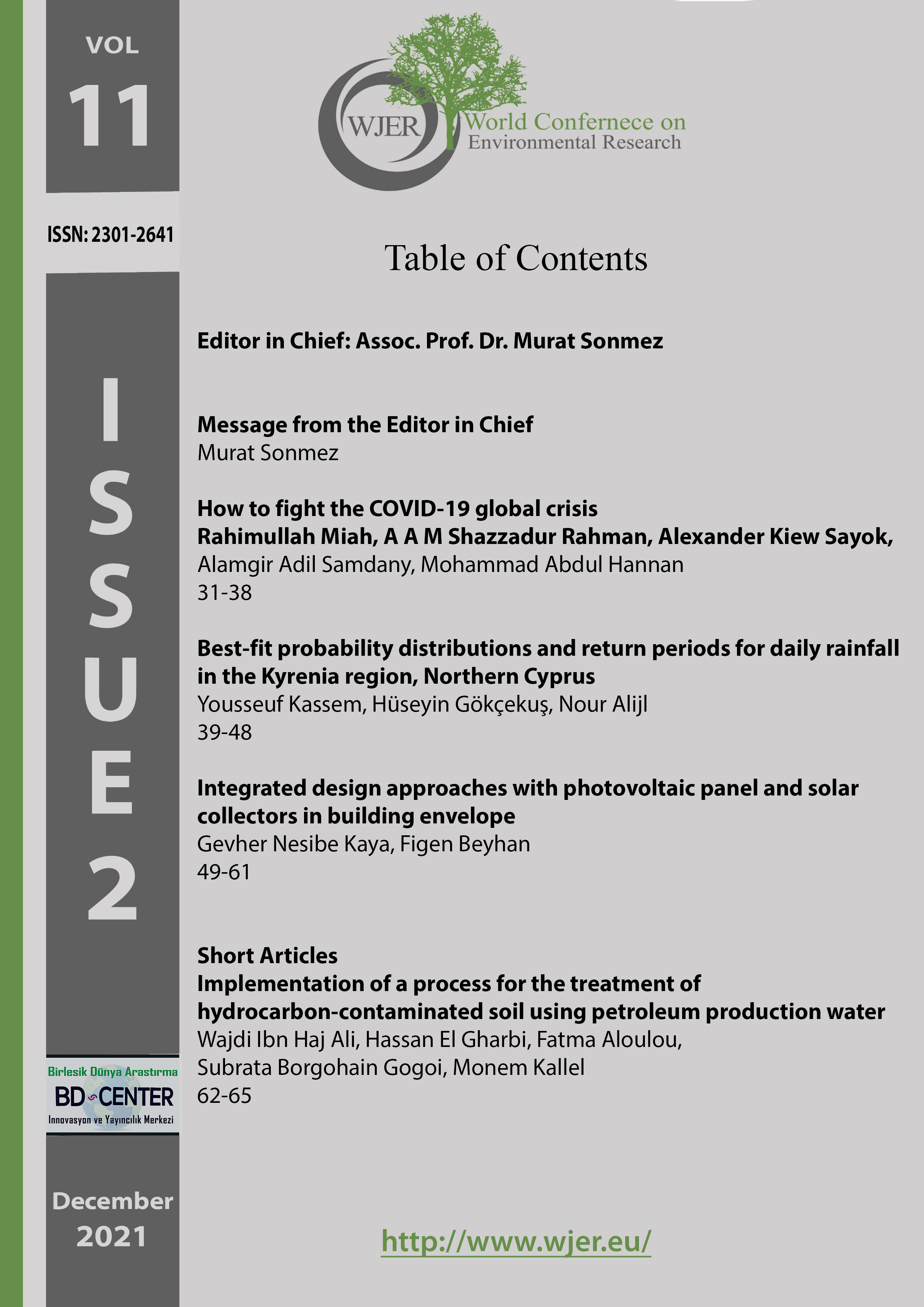How to fight the COVID-19 global crisis
Main Article Content
Abstract
Global leaders are facing the undesirable crisis of coronavirus spreading toward human beings as a scientific puzzle. The study aims to assess the global crisis due to unwanted pandemic disease and how to overcome it predominantly. The study uses a literature review method and collects data from existing resources. The research has made a decisive contribution to fighting coronavirus in people worldwide with dynamic health policy and secure technology. From the results of the study, tthe virus is a man-made remote sensing program but some scientists remained mysterious. Coronavirus is a global threat extremely through misusing processed radio frequency at a certain distance. The study has become the foremost societal and scientific concern of bringing the global leaders together to find a unique solution to the global pandemic.
Keywords: Coronavirus; global crisis; radiofrequency; policy.
Downloads
Article Details

This work is licensed under a Creative Commons Attribution 4.0 International License.
World Journal of Environmental Research is an Open Access Journal. All articles can be downloaded free of charge. Articles published in the Journal are Open-Access articles distributed under Attribution 4.0 International (CC BY 4.0)
